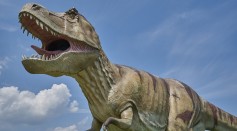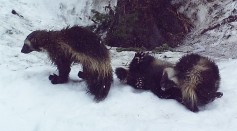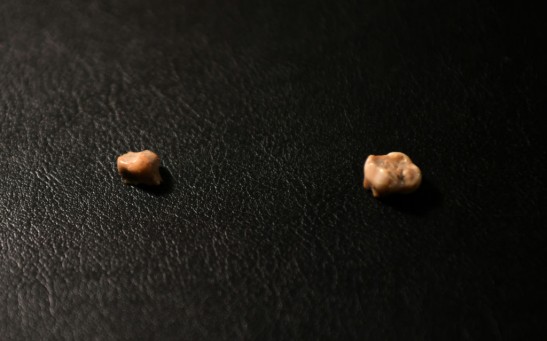carnivores

T.Rex May Have Short Arms Due to Sexual Selection Based on 95 Million-Yea-Old Fossil Discovered in Patagonia, Argentina
Spotted Skunks Discovery: 7 Species Found Existing and They All Do Some Tricks as a Warning Before Spraying

Conservationists Spot Family of Wolverines on Mount Rainier After 100 Years
Scientists Discovered Meat-Eating Mammal Larger Than Any Big Cat Stalking the World Today
New Fossils Of Carnivore Found In Egypt Named Anubis, God Of Underworld
Can Dinosaur Skulls Tell Us Just What They Ate and How?
Half the Size, But Twice the Bite—Study Reports European Wolves Are on the Rise
Most Popular

How Technology Is Changing the Real Estate Industry?

How a Plant-Based Diet Can Protect Against Breast Cancer: Insights from Nutrition Research

Study Reveals High Turnover in Scientific Research Careers: What This Means for Future Scientists

Why It's So Difficult to Lose Weight: The Biological Explanation Behind Obesity






